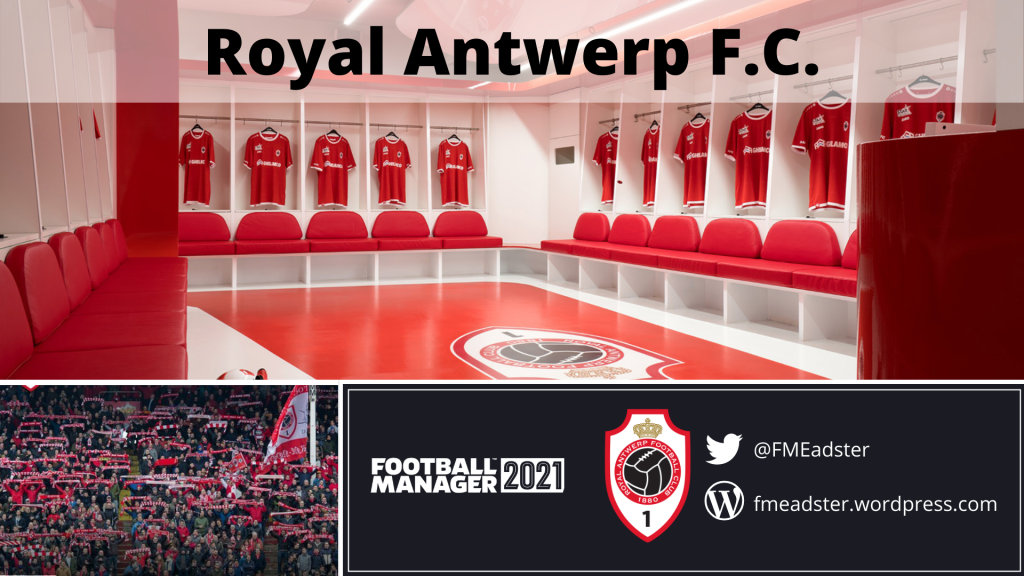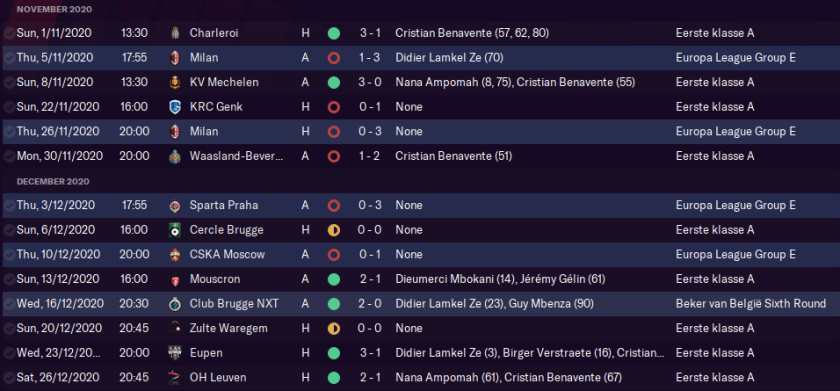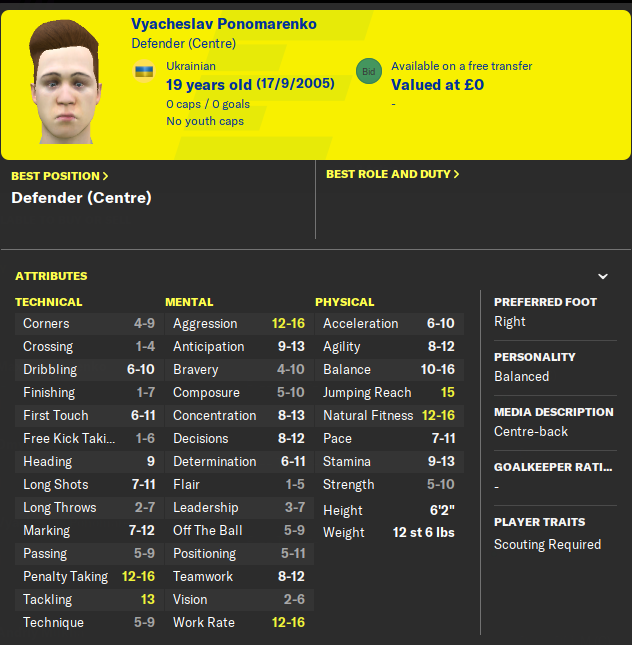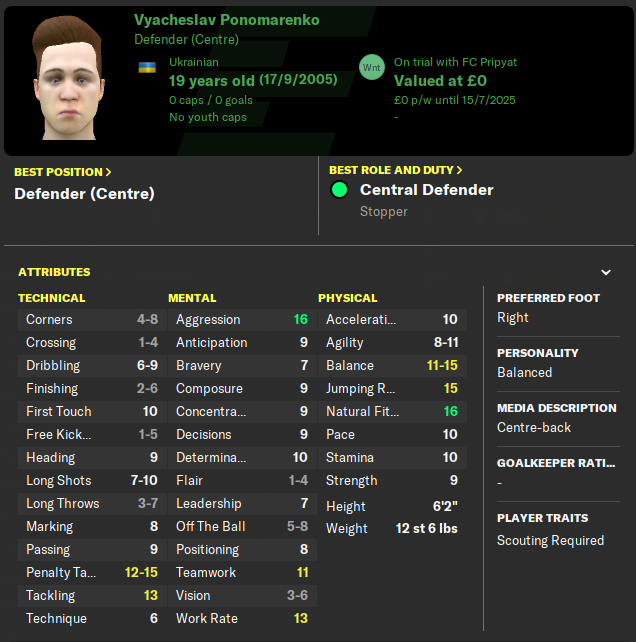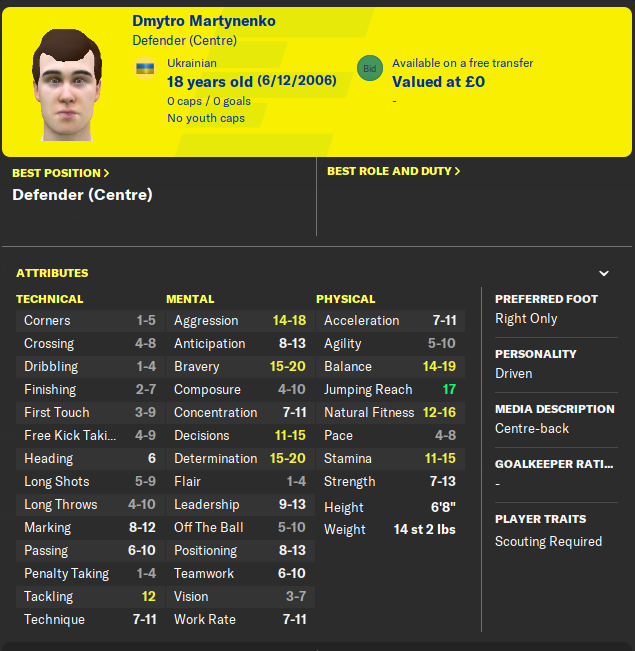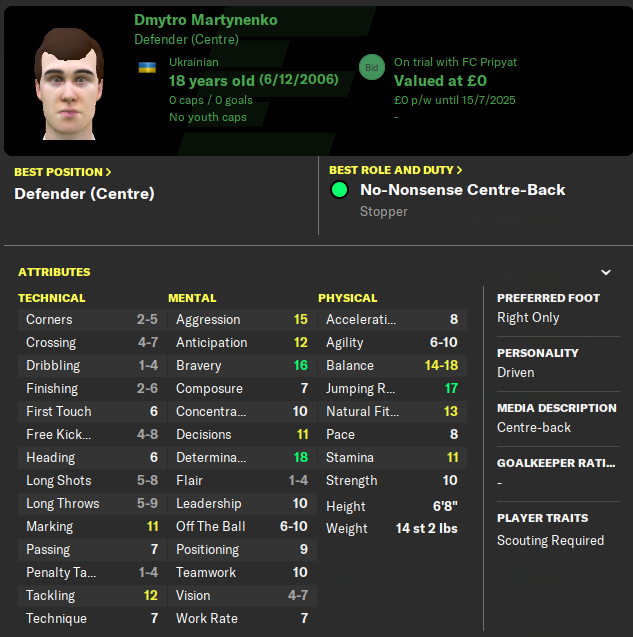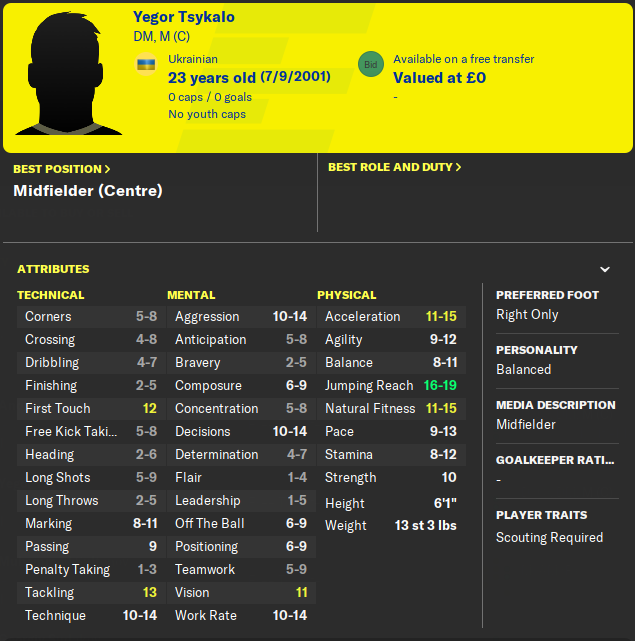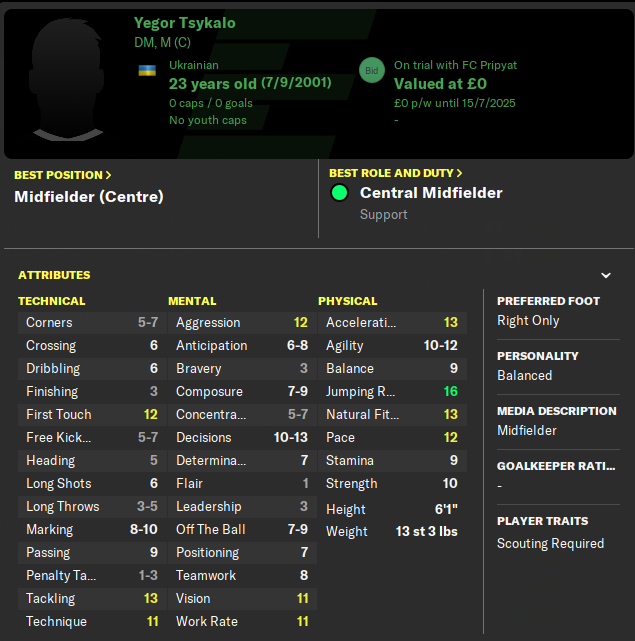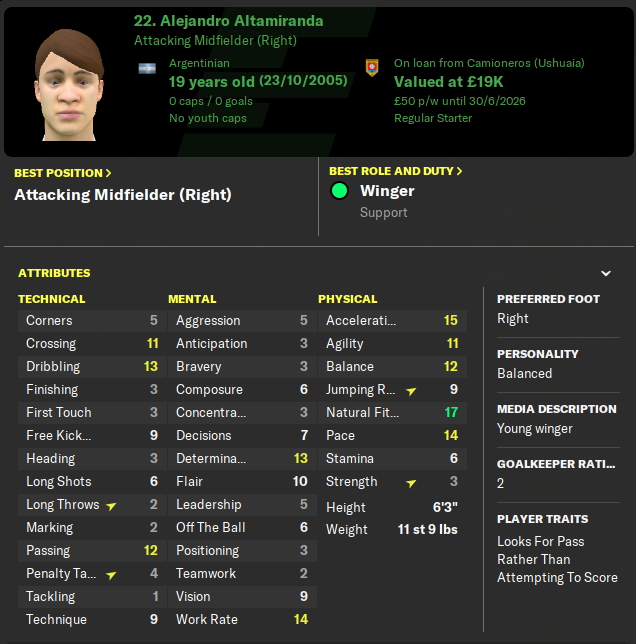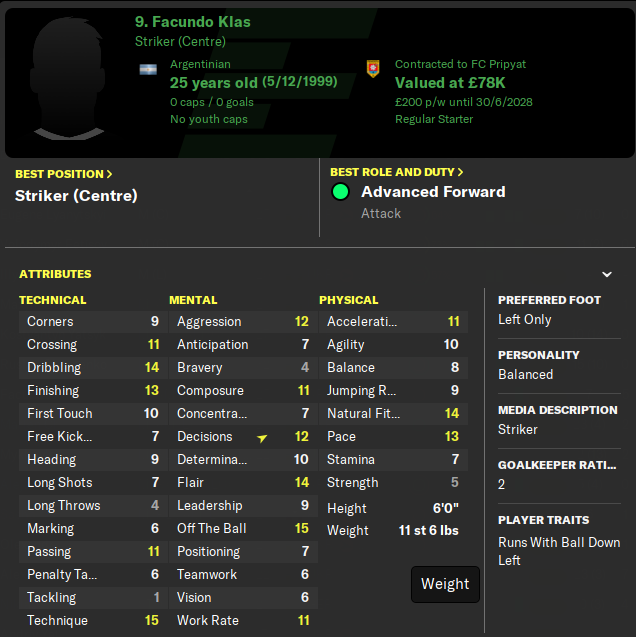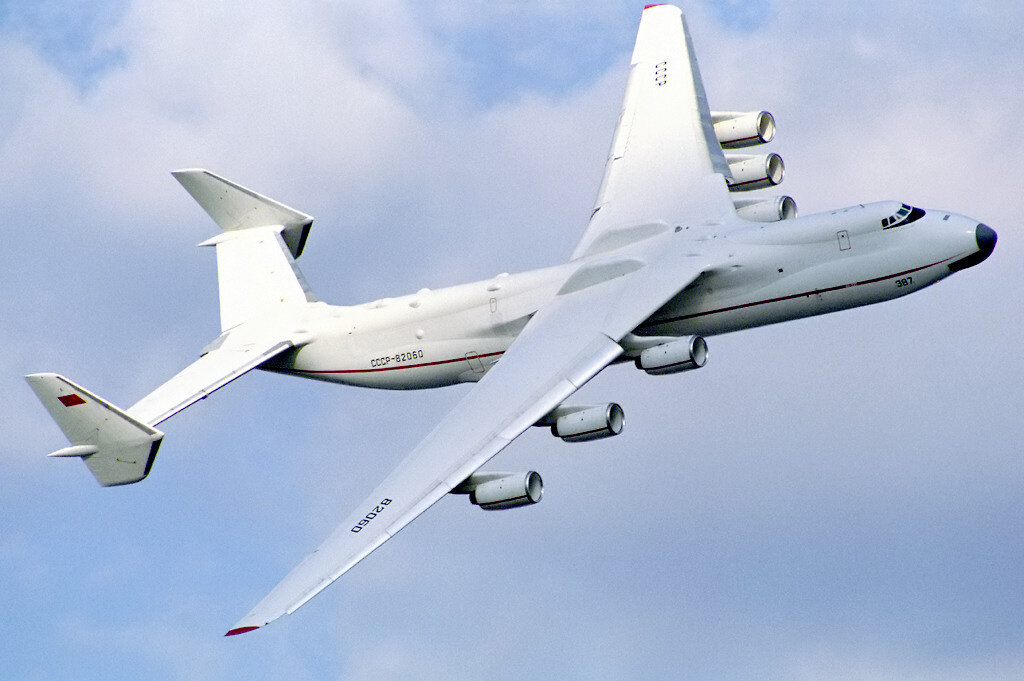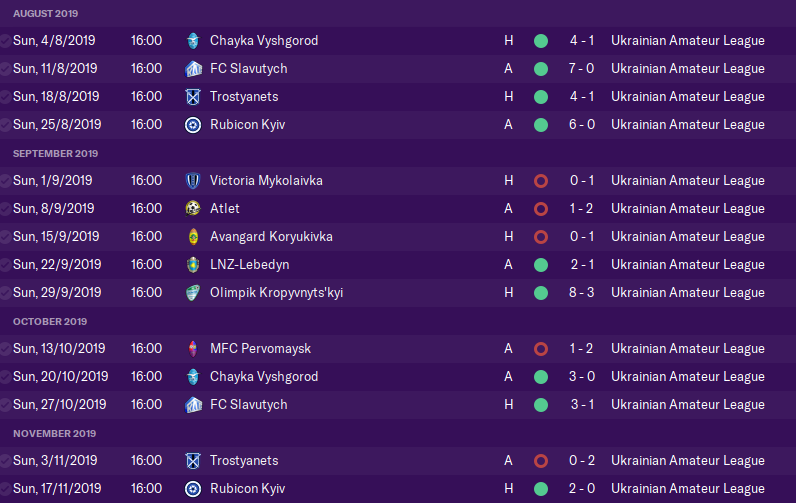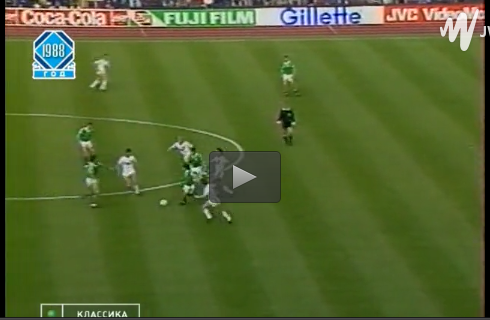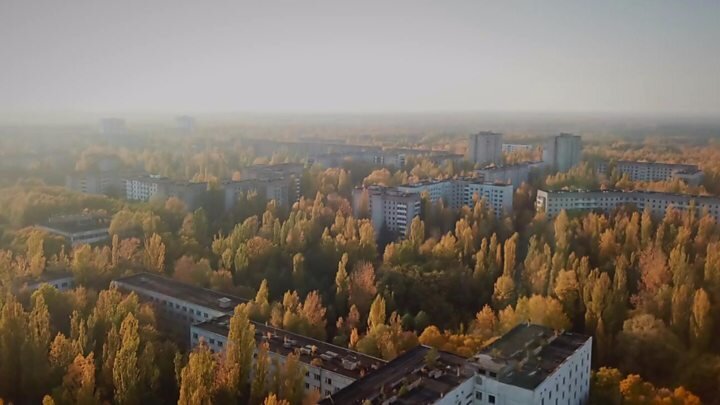Things have been quiet in this corner of the coffee house recently. There have been a number of reasons for this and I want to address one of them.
My father passed away on August 24th after being diagnosed with Lung Cancer in April, he had just turned 65. It has been a strange summer as initially his prognosis was good but, looking back, things went into a downward spiral fairly rapidly.
Anyway, I know many people say things like this, but Dad was more than a father to me. He was a dear and trusted friend. I could confide in him about anything without fear of judgement, and his advice was always well thought out. We understood each other.
I wasn’t going to post anything and I’m not after likes or sympathy, it just feels weird, even now, to just carry on posting about a football manager game without some sort of acknowledgement how everything will be irreversibly and profoundly changed by his absence.
I played my first ever Football Manager simulation with Dad back in 1991 on an Amstrad CPC 464. The same players became available for transfer in every game at the same time. Dad would always buy Bryan Robson in week 3, and I always took Brian Laws! Seems I was shite at management games even back then.
Over the last few years he turned his hand to FM Mobile and FM Touch on his newly acquired tablet, much to the consternation of my Mother!
The thought that I will never chat to him again about Football, or watch a game with him, fills me with an immense sadness far greater than I could ever have imagined. Goodbye my friend.
Right in the middle of everything already talked about we moved house, from East Belfast to Bangor in North Down. I had booked a lot of time off to work on the new home but unfortunately events with my father took over, and my wife was left to move into the house on her own basically. Far from ideal.
So when I started out in Season four I was not aware it would be the last of the save. We did have some aims however first, I wanted to continue to dominate domestically by winning the Beker van Belgie and the Jupiler Pro League for a second time. Secondly I wanted to ‘go deep’ in European competition whether that be in the Champions League or the Europa League. Let’s see how I got on.
Beker Van Belgie
Having won the cup in the previous two seasons I was fairly confident we could make it three in a row. Things started well as we progressed to the semi final with relative ease. Unfortunately we came up against a rejuvenated Standard who defeated us 2-1 over two legs.
No matter we had our eyes on Europe this season…
Champions League
We managed to qualify for the group stage of the Champions League after beating Dynamo Kiev 3-1 on aggregate for the second time in this save. I was really up for it this season and I felt we could go far in the competition. I studied our opposition thoroughly and rested players in the league matches to give us the best chance possible. Strap in as I go through our European FMAdventure.
Pure shite - I had written off the games against Madrid and United but really expected us to beat Benfica to secure a spot in the Europa League. How wrong I was, as we finished dead last with a solitary point, and our adventure was over before it had begun.
How embarrassing
No matter we only really cared about the league.
Jupiler Pro League
“Good teams win leagues, great teams defend them” - unknown Bowler 2005
As the league splits after 34 games with the top four entering the Championship Group with 50% of their points I felt we could coast somewhat through the league program and concentrate on the Champions League lol. After round 34 we were second behind Standard, on head to head. Meaning we both went into the champions group level on points.
So another six games to separate the two best sides in the country and with one game remaining in the save we found ourselves two points behind.
Who then will the last game of the save be against? Rather fittingly it is a streamers showdown situation as we take on Standard. Victory would see us crowned champions, anything less and Standard would be doing the double. Entering injury time the score was 0-0 in a very dull, but even game. It seemed the title was heading to Standard. Then my little Japanese warrior, Koji Miyoshi stepped up and did this.
I made some strange noises, the like of which haven’t been heard since the conception of my eldest. This league win felt special, we were tested to the end by Standard and the winning goal was scored by one of my favourite players of the entire save. I will certainly be checking Miyoshi out on FM22.
Hurrah!
So we reach the end of FM21 and it has been a year like no other for me. For the first time in my life I understood what stress was. Work got on top of me January to March for the first time ever. Then we put our house up for sale in early April and it is true what they say, it is one of the most stressful things you can do. My fathers diagnosis came at the end of that month, and he was my focus from then on. To be honest it has only been this last few weeks that I have felt more like myself. The new house is helping as we now have a bit more space and I can work in an outside office. It is also true what they say, happy wife means a happy life!
So I have to say, I am very much looking forward to the suspension of disbelief that I hope FM22 will bring. My good friend FMGrasshopper has announced today we will be doing a network save over Twitch which I think will be a bit of fun as we navigate our way through all the rules of MLS.
Over and out
FMEadster!

